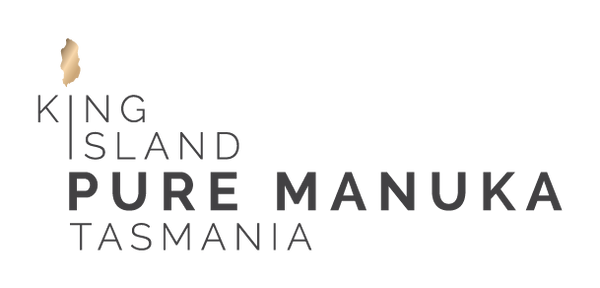
How MGO gets into Manuka Honey
Share
The story about how MGO gets into Manuka honey might surprise you.
The nectar from the delicate flowers of the Manuka tree does not initially contain MGO (methylglyoxal), making its presence in Manuka honey a fascinating mystery. Another intriguing discovery was that older Manuka honey contained significantly higher levels of MGO compared to freshly harvested honey. This sparked curiosity among researchers, who set out to investigate the natural and organic processes at play.
Using advanced chemistry techniques and a high-performance liquid chromatograph, scientists confirmed that Manuka honey not only possessed high levels of MGO but also contained other unique chemical compounds. Further analysis using nuclear magnetic resonance spectroscopy revealed that one of these compounds was dihydroxyacetone (DHA), a crucial precursor in the formation of MGO.
When scientists examined the nectar of the Manuka tree flowers, they found that it contained DHA in abundance. This discovery led to the next critical question:
How Does DHA from Manuka Flower Nectar Transform into MGO in Pure Manuka Honey?
This is where nature’s organic chemistry, perfected by honeybees, plays an extraordinary role. When foraging bees collect nectar from Manuka blossoms, the DHA-rich nectar mixes with special enzymes found in the bees' stomachs.
This enzymatic reaction is a vital step in transforming the nectar into honey. As the nectar is passed between foraging bees—who gather nectar, pollen, and water—and nurse bees, who deposit it into the honeycomb, the molecular structure gradually changes, converting DHA into MGO.
Over time, the bees work diligently to reduce the moisture content of this golden liquid to below 18 percent. Once the ideal consistency is achieved, they cap the honey-filled combs with a layer of protective wax. Remarkably, this natural conversion process does not stop when humans harvest the honey; it continues for 12 months to 3 three years post-harvest depending on the DHA level, like a fine wine if you will.
During this period, the level of DHA steadily decreases, while MGO levels increase and eventually stabilise, ensuring the honey maintains its powerful antibacterial properties.
Scientists have been aware of MGO for a long time, recognising it as a laboratory-generated chemical that, in synthetic form, is highly toxic to humans. However, what makes Manuka honey truly extraordinary is the way honeybees utilise nature’s own chemistry to create an organic, safe, and potent antibacterial honey that is entirely pure and beneficial for human consumption. This is the true magic of Manuka honey—an incredible gift from nature, crafted by bees in one of the purest environments on Earth.
To assist you in choosing the right MGO grade for your needs, we have included a helpful table summary below. We hope this guide will be useful the next time you shop for premium, pure Manuka honey.
For more information on MGO, the Manuka tree and what’s the right honey for you, visit our ‘Manuka Magic’ page.
